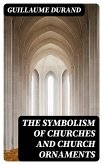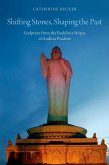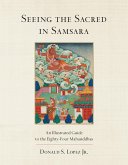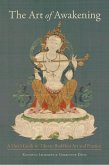In "The Symbolism of Churches and Church Ornaments," Guillaume Durand presents a profound exploration of the intricate relationship between ecclesiastical architecture and its rich array of symbolic meanings. Written during the late medieval period, Durand's text employs a didactic literary style, replete with vivid descriptions and theological reflections aimed at elucidating the spiritual significance behind church designs and decorative elements. This seminal work bridges art and faith, encompassing both philosophical discourse and practical guidance, immersing the reader in the cultural and religious milieu of its time. Guillaume Durand, a notable French cleric and scholar, is emblematic of the spiritual renaissance of the 14th century, drawing deeply from his ecclesiastical experiences and a profound understanding of liturgical practices. His scholarly pursuits in canon law and theology provide a rich tapestry of context that informs his interpretations of church ornamentation as manifestations of divine truths, leading to a nuanced vision of how architecture serves ritual and worship. This insightful work is highly recommended for scholars of medieval studies, theology, and art history. Durand's synthesis of symbolic interpretation offers readers not only an understanding of medieval church aesthetics but also an enduring meditation on the relationship between space, spirituality, and community worship, making it a vital text for anyone seeking to comprehend the depth of religious expression in architectural form.
Dieser Download kann aus rechtlichen Gründen nur mit Rechnungsadresse in A, B, BG, CY, CZ, D, DK, EW, E, FIN, F, GR, HR, H, IRL, I, LT, L, LR, M, NL, PL, P, R, S, SLO, SK ausgeliefert werden.









